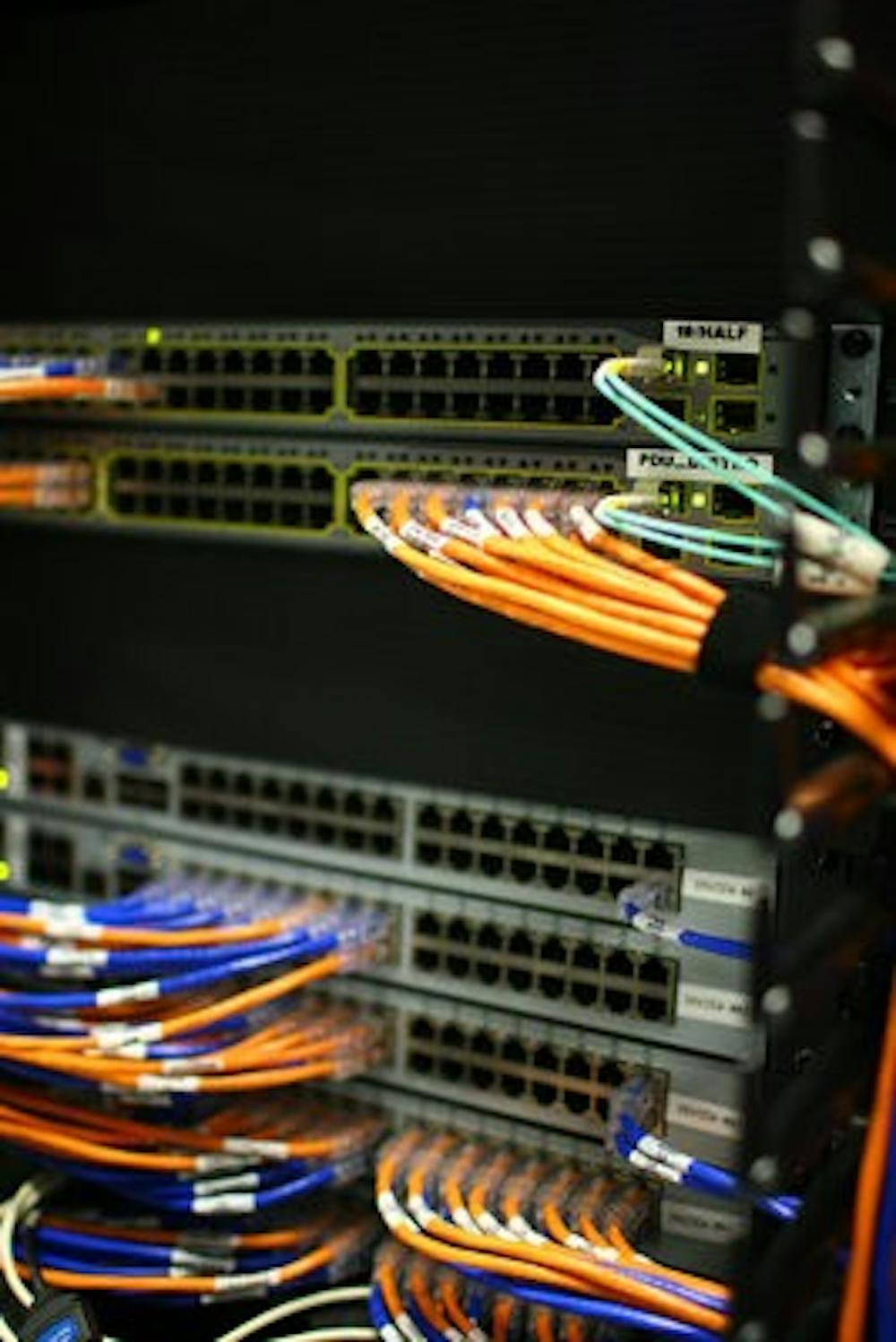With final exams approaching, Auburn students' knowledge is not the only thing being tested. Bliss Bailey, chief information officer of the Office of Information Technology, said finals week is a major test for the campus Wi-Fi network.
"We know finals are a busy time for us," Bailey said. "We've made big upgrades in that area."
According to Bailey, maintaining a University-wide Wi-Fi network, especially during finals week, is a challenge.
The period before final exams is particularly stressful for OIT because of all the students who come on campus to study. The increased number of people concentrated in one place, such as the library, slows down or stops AU WiFi.
"If you come here over the Christmas holidays when no one is around, we've got great coverage," Bailey said. "You can go to many places and get signal, and it's not a problem. The problem comes with those periods of time where we see really heavy, heavy usage, and those locations where we see really heavy usage."
The way Bailey put it, wireless coverage can be understood in terms of coverage and density. Coverage is measured in feet and miles. It determines where on campus a device can connect to AU WiFi. Density is measured in how many devices in that area can connect to the network simultaneously.
Bailey said coverage density becomes important in places such as the Student Center and RBD Library, where students cluster to study.
OIT has been working on improving AU WiFi's coverage around campus, especially in the library.
Bailey said AU WiFi is built to handle 75,000 computers, phones or tablets at once. On an average day, 25,000 of those devices will connect to the network. He said OIT is planning to increase AU WiFi's capacity to 100,000 devices.
"We don't quite have the demand yet, but it'll get there," Bailey said.
Increased demand is another factor contributing to Wi-Fi slowdowns. OIT Help Desk manager Paula Dale said Wi-Fi is in more demand than ever with the increase in smartphone, tablet and laptop usage.
"The wireless network we have is several years old, and it was developed more for casual network use than the devices," Dale said.
Bailey said OIT modernizes AU WiFi by upgrading its servers and adding access points.
Servers are large computers OIT keeps in its headquarters and other locations around campus to run AU WiFi.
"They're like your desktop computer on steroids," Bailey said.
As OIT upgrades older servers, the network quality improves. However, it can only upgrade so many servers at a time within its budget.
Bailey said OIT also adds Wi-Fi access points around campus in high-density areas. However, with issues such as co-channel interference , placing these access points can be difficult.
"Access points don't like to be close to each other," Bailey said.
Do you like this story? The Plainsman doesn't accept money from tuition or student fees, and we don't charge a subscription fee. But you can donate to support The Plainsman.




